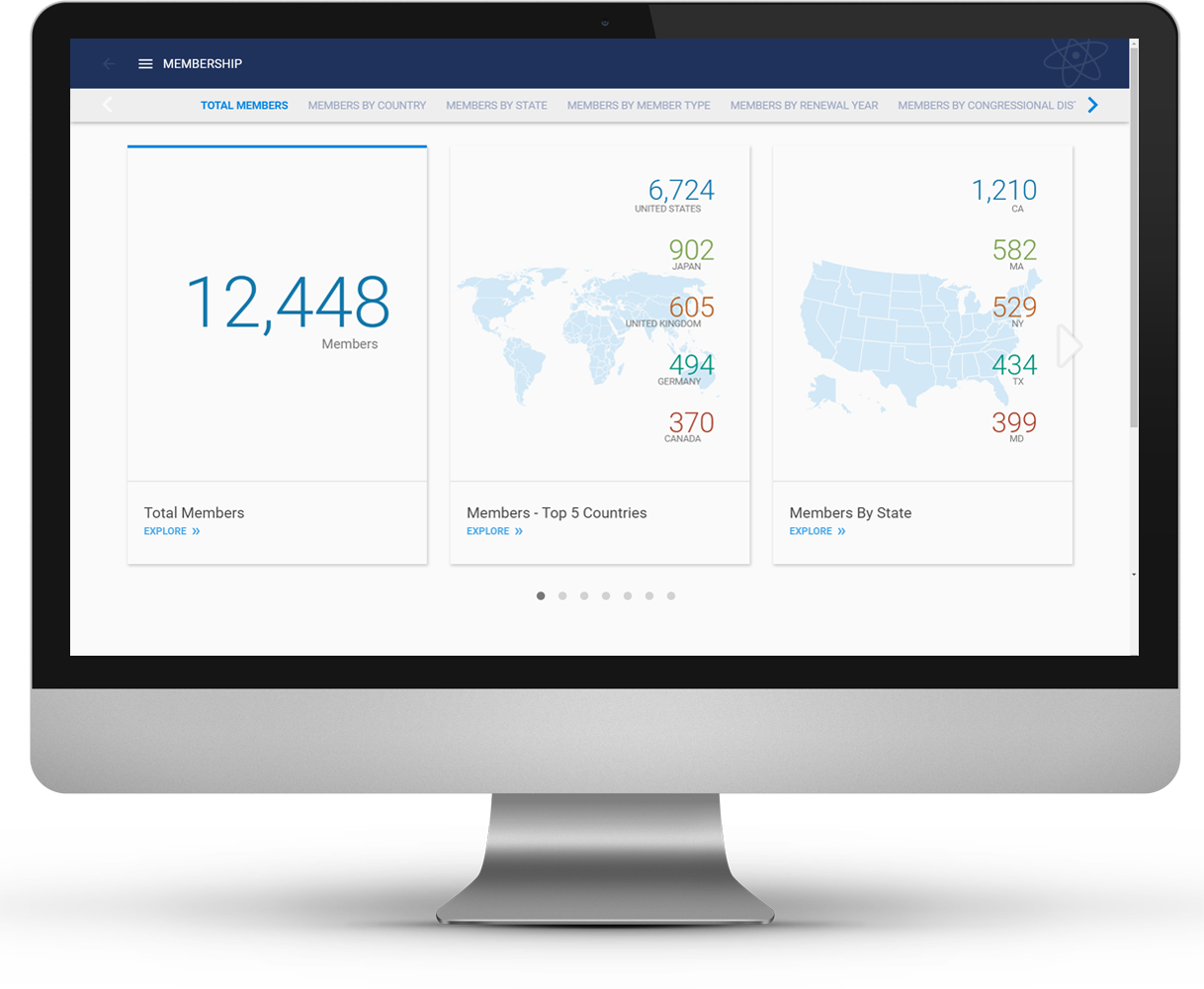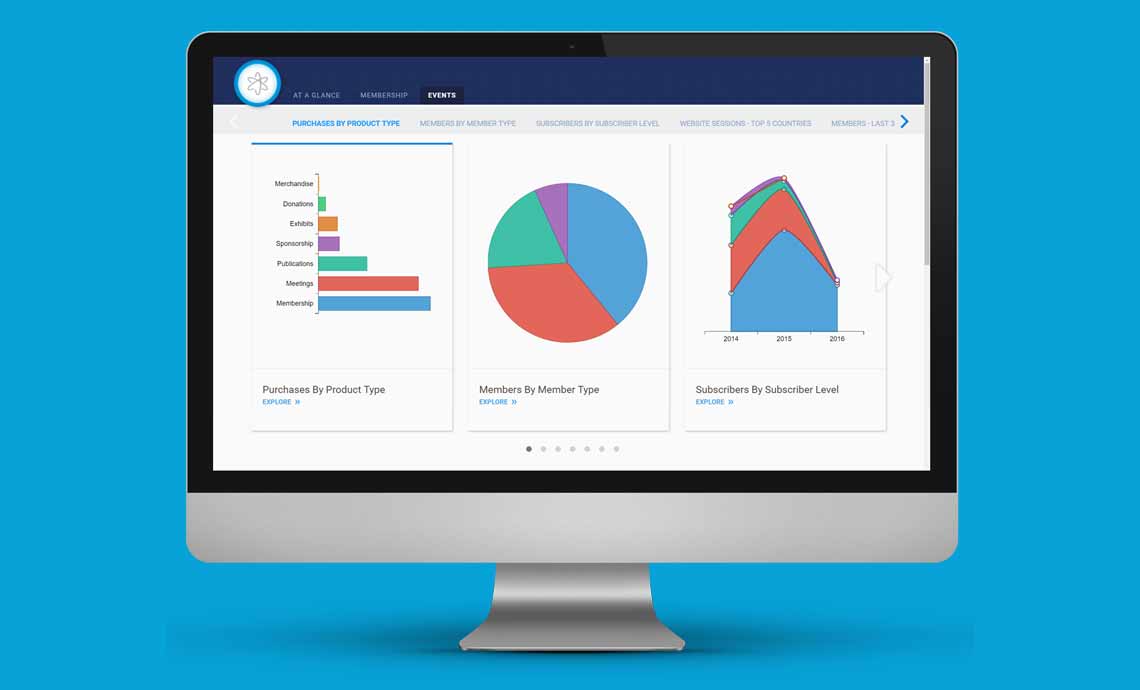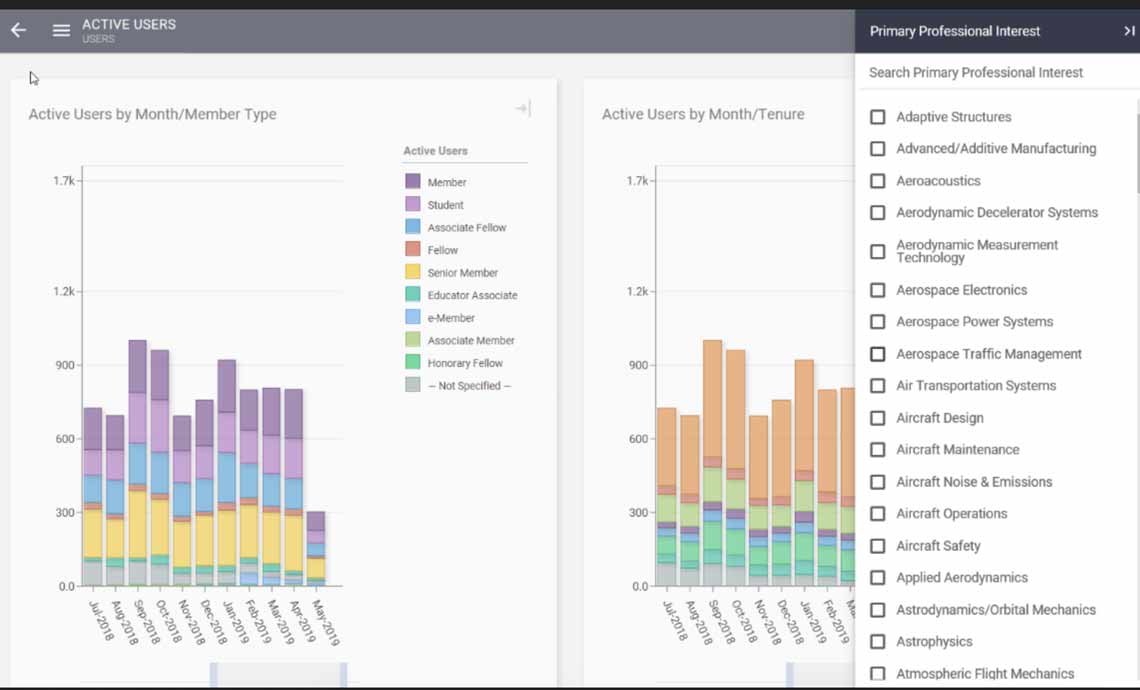When Gravitate CEO Tim Ward and I released Avectra’s NetForum in 2004, it was not uncommon for an Association Management System (AMS – or sometimes known as a Customer Relationship Management system – CRM), to join the organization’s accounting system and website as the three primary systems that an association needed to successfully operate its business. At the time, we had successfully stamped out most of the data silos that plagued associations in the past.
Times have changed. Now the ideal technology stack includes an email marketing tool, a private social community, a mobile app to support the annual meeting, and usually another system that supports the association’s primary business purpose/revenue generator – certification software (for a professional society), accreditation software (for an industry-specific trade association), government relationship software (trade association), or publishing software (scientific association). Each of these solutions is capturing, and keeping, valuable information about your members.
In an earlier blog, we revealed that the average organization uses 14 systems, and that number is growing. This proliferation makes it challenging for IT professionals to manage and integrate these systems – and business professionals find that the explosion of systems provide mixed results. The business professionals’ job is to use these productivity tools to improve the performance of the association, but it is not uncommon for these new solutions to become their own data silos.
Your email marketing tool tracks opens and clicks, your Google Analytics tracks web page views and site progression, and your social community captures topics of interest and sentiment – all valuable when it comes to understanding your members and their changing interests. None of this information is, however, nearly as useful as it could be if that information isn’t put into context (member vs non-member, generation, tenure – data that resides in your AMS) and made visible and clear to those staff that need it.
With Moore’s law being applied to the creation of new data (and in this case often more than doubling every year), and less than 20% of the average association’s data residing in the AMS, a state-of-the-art data analytics tool like Nucleus is now arguably the most important solution for association professionals to use to fully understand their membership and to successfully evaluate, manage, and grow their business. It effectively replaces the AMS as the new hub of the wheel because it contains all the relevant member data from all the various systems the association uses.
Nucleus ingests all an association’s data, blends it together, and provides valuable association-specific insights that lead to better decision-making. For example, engagement scoring is substantially improved by Nucleus’ ability to aggregate and score more member activity than is otherwise possible. Most associations today are only scoring the portion of their member activity that is captured in the AMS – armed with only partial scoring (and thus partial understanding of members), success in meeting initiatives such as member retention and new member acquisition targets are just more difficult. Without a modern analytics platform to pool and blend the data, these insights are limited because the data that is generated by the activity remains hidden in each of the various source systems.
A state-of-the-art analytics platform like Nucleus should become a central component to your technology infrastructure, rather than just a nice-to-have, and should be a guiding light for your business and executive decision makers. By employing such a strategy, you can also comfortably allow productivity systems to propagate in your organization because you will retain access to all the key information and will have slayed the data-silo dragon.


